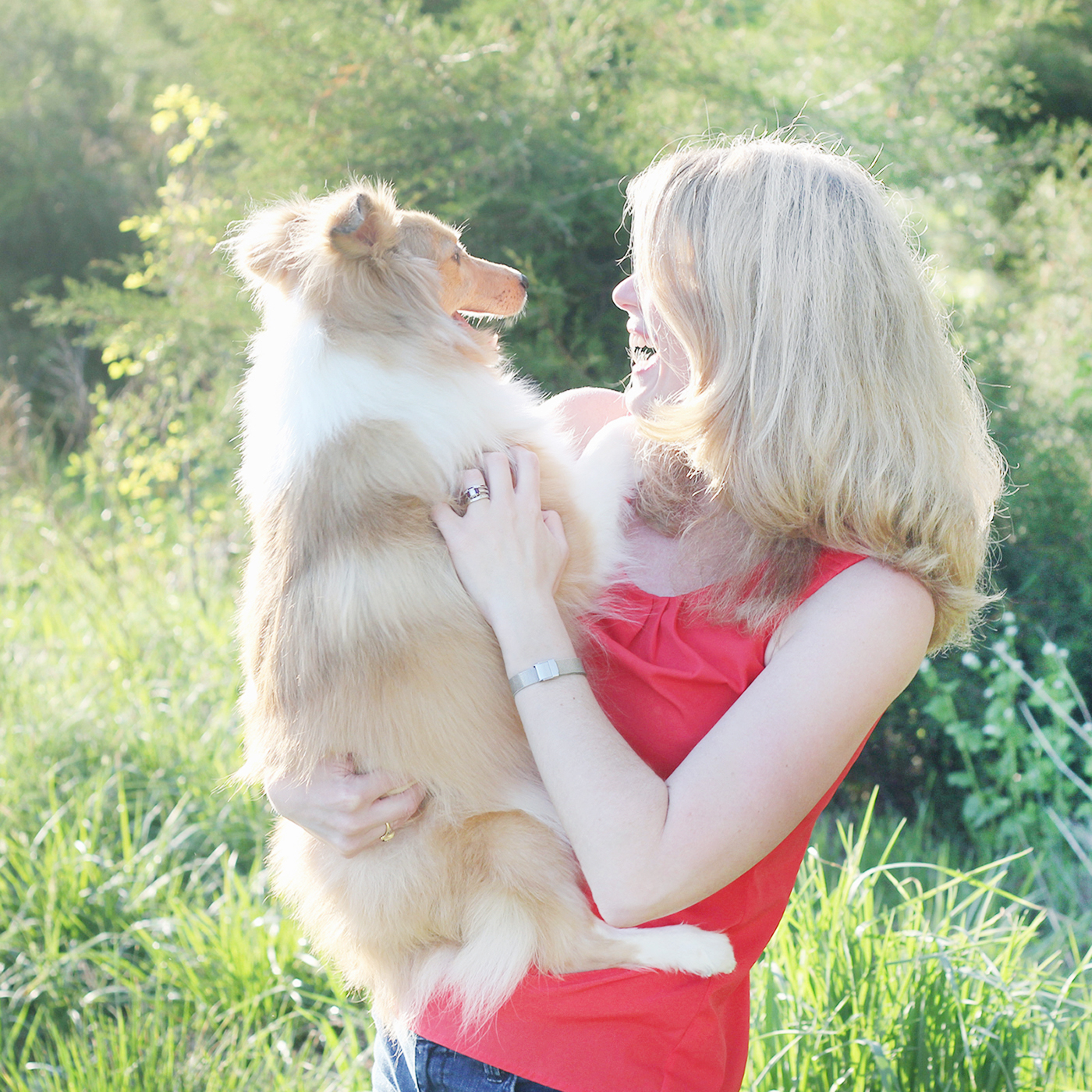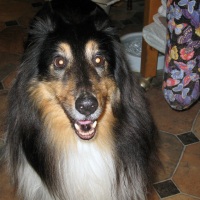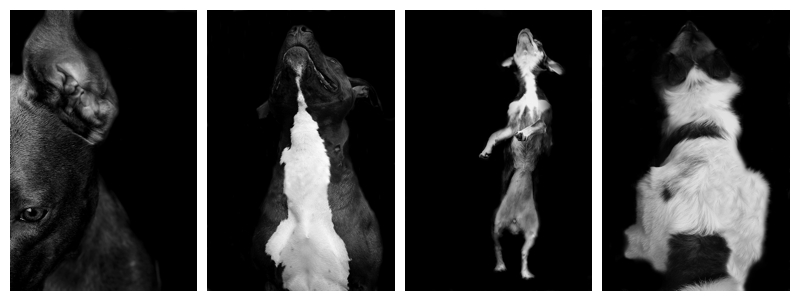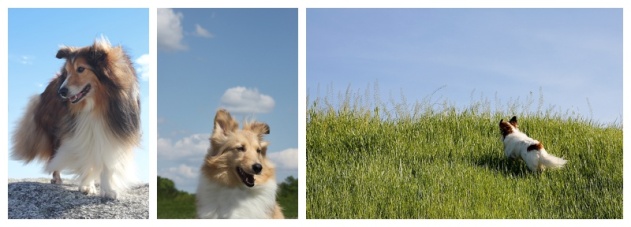Tips for Photographing Shelter and Rescue Dogs
Below are some photography tips for those people who photograph shelter dogs and rescue dogs to help increase their odds of receiving furever homes through photographs. Photographs play a vital role in the adoption of animals, dogs in particular — so consider volunteering your time to help these dogs receive furever homes.
1. Use outdoor natural light: I find utilizing natural light is best when photographing shelter/rescue dogs. The outdoors provides a nice backdrop as well. I like to use natural spaces around the shelter when the dogs are not able to leave the premises of the shelter. Alternatively, when dogs can be photographed in a different setting, I often like to use dog-friendly parks, which provide nice light and backgrounds. However, when a park is not available, I try to use a natural background that is available. I never photograph a dog in his/her cage, crate because you want to showcase the dog in a manner that makes each dog look the most attractive in a natural setting. You want people to envision taking the dog home with them.
2. Try and have each dog bathed (or at least have each dog’s face cleaned): Whenever possible, I try to have each dog bathed prior to me photographing him/her. However, sometimes, this request is not always possible. In either case, I try my best to ensure that each dog’s face is free of debris to enable me to do less work in Photoshop during the editing process.
3. Use a dog handler, assistant: Whenever I photograph shelter/rescue dogs, I always have an assistant help me. Since the shelter/rescue dog always needs to be on a leash, the assistant helps me position the dog in order for me to photograph each dog. Thus, it is imperative to have an assistant while photographing the dogs outdoors.
4. Introduce yourself to the dog: Whenever I meet a new dog, I always go up to the dog and let each dog smell me. Each dog is usually quite excited to be outside and in a new environment. Then, I talk to each dog and pet him/her letting each dog know that I am there to help. Most every dog that I have photographed is so happy to be outside and the task of photographing each dog is typically not too challenging.
5. Allow the dog some time to roam around the new surroundings to in order to have the dog be more focused: Since I photograph all shelter/rescue dogs outside, the environment is typically very refreshing, full of new smells, and exciting for each dog. Thus, I allow time for each dog to go potty, smell its surroundings, and get comfortable. After this time, the dog is typically ready to be photographed.
6. Use treats and toys to show of the dog’s personality: I typically have organic treats with me when I photograph shelter/rescue dogs. However, I always make sure that each dog is permitted to have treats, does not have food allergies, etc. Many dogs are treat/food motivated, so this works well during photo shoots. Additionally, if the dog has a particular toy that he/she likes, I incorporate the toys into the shoot with the assistant’s help.
7. Use a shallow depth of field: A shallow depth of field blurs out any distracting elements in the background while maintaining each dog as the focal point of each image.
8. Be patient and have fun: Every dog is different, just like people. I find it best not to rush the photo shoot and just let the dog be himself/herself. These are the moments when each dog’s personality really shines through, and these are not contrived moments, they just happen naturally, and it is my job to capture these moments.
9. Remove leashes and ‘distracting noise’ from the image: After each photo shoot, I cull, select, and edit the images and find the strongest face and body image for each dog. In these images, I remove the leash and any other ‘distracting noise’ in the image, maintaining the focus of each image on the dog.
10. After editing, promptly share the images with the shelter/rescue organization to help get the word out via social media to help the dogs get adopted: After each photo shoot, it is my goal to cull, select, and edit the images promptly because time is of the essence — these dogs need to find a forever home as quickly as possible. As such, I send to my contact at the shelter or rescue organization the best head shot and body shot of each dog to enable the shelter/rescue to promptly post the images online via social media, etc. Every shelter/rescue organization that I have worked with is always very appreciative of the help photographing the dogs, and it feels good trying to make a difference in these dogs’ lives.
I hope that you found these tips helpful!
Happy Wednesday!














